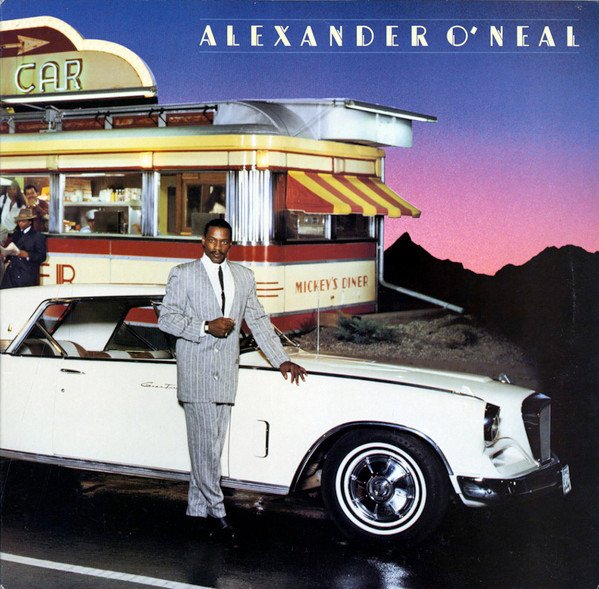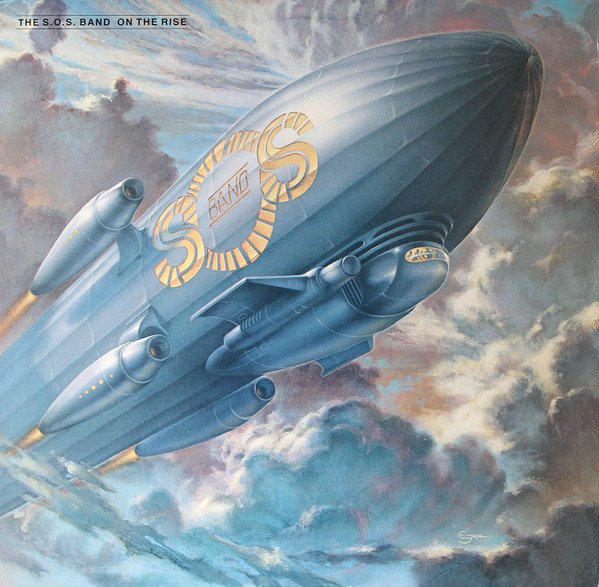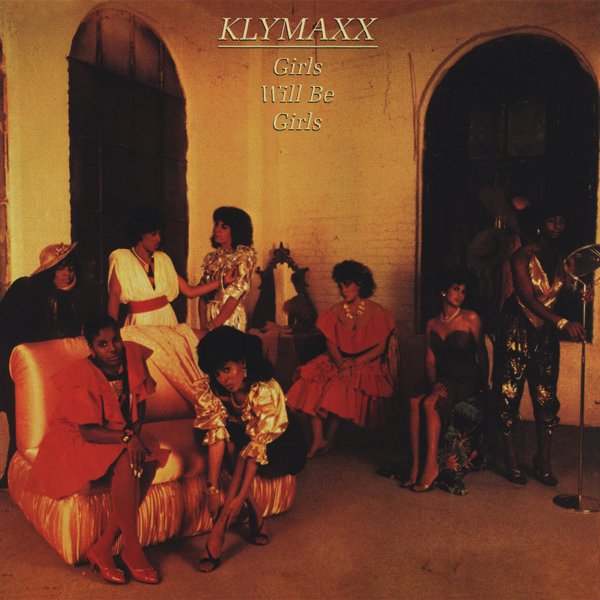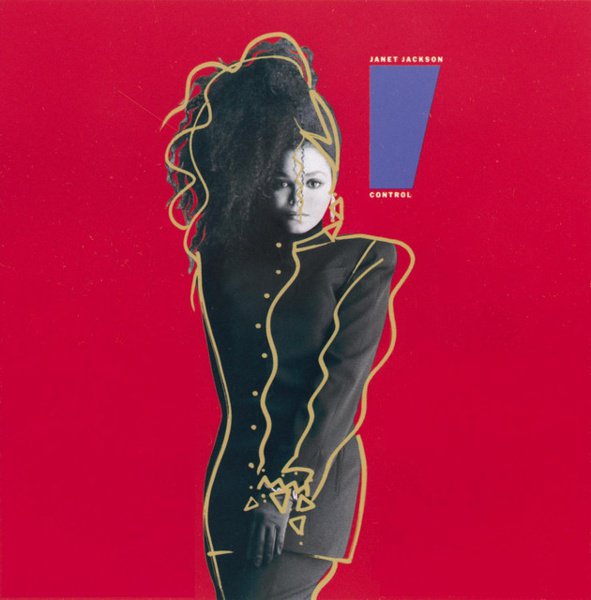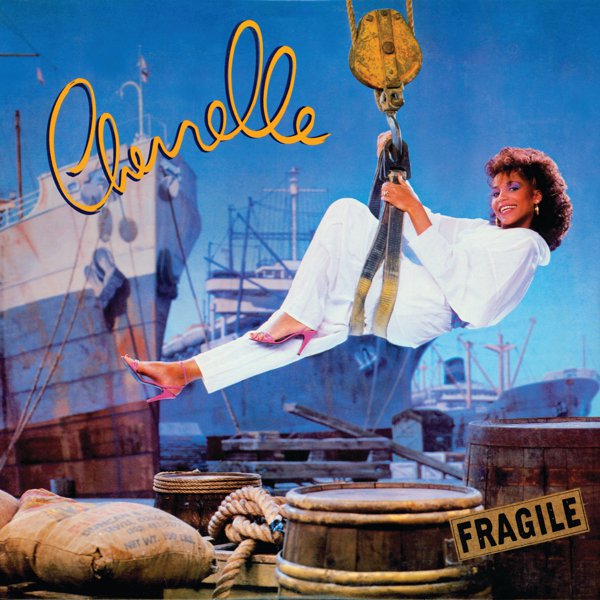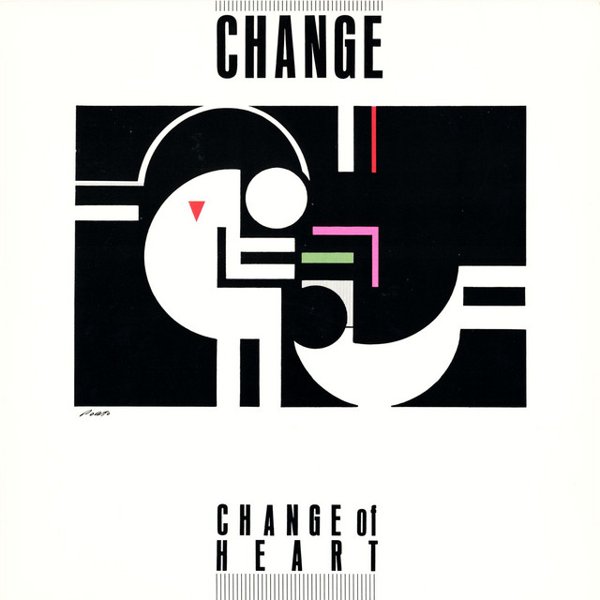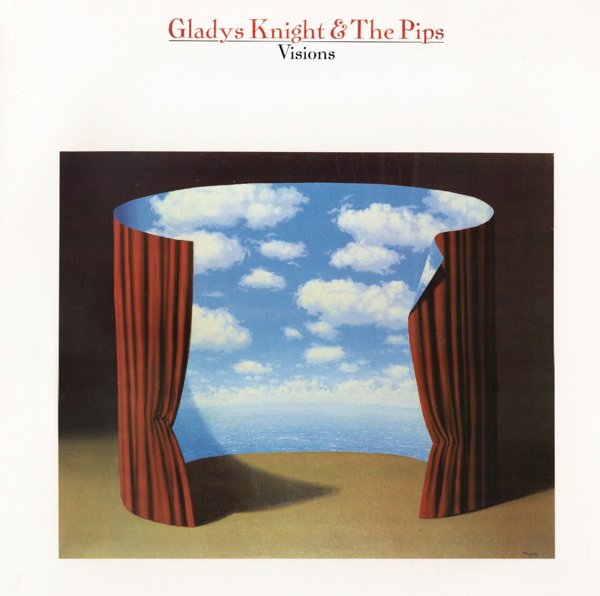Jimmy Jam and Terry Lewis (James Samuel “Jimmy Jam” Harris III and Terry Steven Lewis) are one of the most successful songwriter/producer duos of the last few decades. They’ve worked with some of the world’s biggest artists including Prince, Michael Jackson, Janet Jackson, Chaka Khan, George Michael and Mariah Carey and churned out more Billboard No. 1 hits than any other production and songwriting team.
However, for many soul and funk aficionados, the early/mid-1980s music of Jam and Lewis holds a particular place in their hearts. Jam and Lewis singles and albums from acts like Klymaxx, Change, Cherelle, Gladys Knight, The S.O.S. Band, Cheryl Lynn and Alexander O’Neal were era-defining as well as influential, both for soul music and the wider pop world too. They trail-blazed the marriage of digital synths and drum machines with live bass and keys, rewriting the musical vocabulary of R’n’B and creating what music writer Simon Reynolds in his book Bring The Noise described as “a new blueprint for dance pop, using drum machine beats and synthesised basslines to build angular, abrasive grooves.” It was a sound that hung over much of 80s soul and pop music, and which also put in much of the initial construction work for new jack swing and 90s R’n’B.
Jam and Lewis have been working together since the seventies when they were bandmates in Minneapolis funk outfit Flyte Time. Prince adopted the band in 1981, added two members and changed their name to The Time. They played keyboards (Jam) and bass (Lewis) in the band while also pursuing outside writing and production roles. In 1983, it was one of these jobs, specifically producing an S.O.S. Band album, that caused them to miss a flight and miss a Time gig resulting in Prince firing them. One of the tracks on the album was the epic Just Be Good To Me which would go on to be a huge international hit, bringing their electronic soul sound to a worldwide audience while also kick-starting their production and writing career.
Jam and Lewis’ approach in the studio would be to play the bass and keys parts live to programmed drum rhythms, abandoning much of the traditional R’n’B band — the horn section, organ, bongos and congas — and replacing them with a cool, precise, sharp-edged and sophisticated palette of synths and drum boxes, particularly the distinctive thuds, ticks and clicks of the Roland 808 drum machine.
By the time of 1986’s massive Control from Janet Jackson, Jam and Lewis had mapped out a new soul landscape of simplicity and sophistication, rejuvenated the R’n’B market, and proved countless times that electronic instruments were every bit as valid, authentic and capable of generating emotion in the listener as any guitar band or piano singer-songwriter. The pair went on to deliver world-dominating hits for big artists over the following decades, but for many soul fans, their ’80s work remains a creative high point, a rich mine of top-end songwriting and a source of many glorious dance floor tracks, seductive electro-soul anthems and silky soul ballads.


